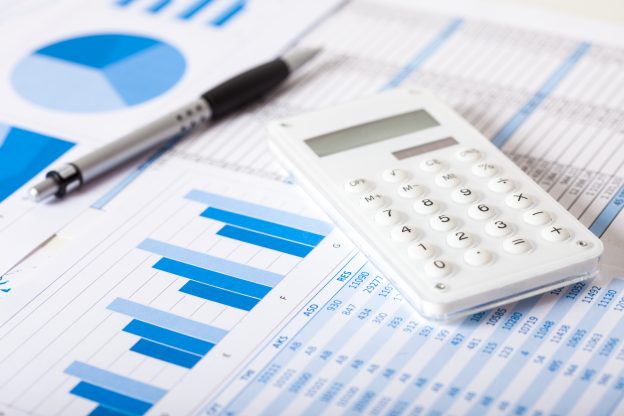
Recently, power restrictions in China have affected various industries to different extents around the country. As Chinese media reported, the power crunch has also imposed heavy burden on the electric vehicle (EV) industry.
A charging station company allegedly posed a “2021 Notice on Orderly Use of Electricity in Guangzhou”, requesting electricity users to stop power consumption in rotation during peak periods, namely, from 8 a.m. to 11 p.m. between every Monday and Friday. The power cut means that at least part of the charging network in Guangzhou can only provide power supply for its users in specific periods of time.
Such phenomenon is not unusual in China. Since September, the government has imposed power restrictions in various cities and regions, some of which even saw power rationing on household electricity. Despite the rare cases of EV charging being limited, EVs have apparently lost favor with the Chinese public compared to the past.
Related data show that companies in several areas are ordered to suspend power supply for public EV charging stations during on-peak hours. In addition to Guangzhou, an EV owner in Zhuhai reported that a charging station which they often use has stopped operations during daytime since late September, making EV charging available in off-peak hours (i.e., during midnight) only. Another EV owner in Jiangsu said they originally wanted to plug in their car when going to a supermarket, only to find that the charging station was out of business due to a power cut. Indeed, problems in such cases are not fatal, but experts discovered that household vehicles are not the most affected. Electric taxi and ridesharing drivers—who do not have a charging station at home and time for slow charging—are actually those who have suffered the most.
Although some cities have yet to experience a major power outage, EV owners—particularly taxi and ridesharing drivers—have gone into panic. With fear of a sudden power outage, they began rushing to charging stations. Some EV owners tend to charge 2 to 3 times a day (compared to once per day in the past), resulting in long lines at each charger. During the holidays, some citizens have to wait in line for 3 hours for just 1-hour charging.
Further, once widespread power cuts become common, charging station companies will be directly affected. Theoretically, despite the small changes in total electricity demand in public EV chargers, cutting charging time in half would also mean that each charger will earn 50% less, thereby posing challenges on operations. Moreover, because the on-peak hours of fast chargers are in daytime, China’s power crunch will strike the fast charging business, too.
Because of reduced charging availability, EV owners have recently noticed an increase in charging cost from 0.6 to more than 1 yuan per kWh. Specifically, the cost comprises the electricity price and service fee. While the electricity price is relatively fixed, the service fee is determined by charger operators. Therefore, the price increase indicates that these operators have either raised the service fee or cancelled related discounts. Accordingly, market analysts revealed that China’s power crunch would not affect the development trend of EVs. However, the restriction policy has caused inconvenience to EV drivers and burden on EV business operations, which might slow down the future development and become a problem that authorities must solve.
(Source of first image: pixabay)







